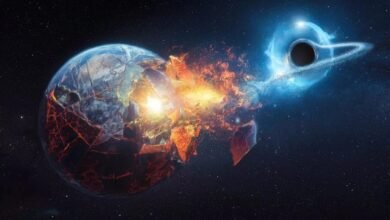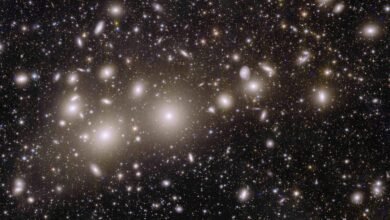Starts With A Bang podcast #100 — Galaxies in the JWST era | by Ethan Siegel | Starts With A Bang! | Dec, 2023

Since JWST first glimpsed the Universe, we’ve entered a new era in understanding the earliest objects in the Universe. What have we learned?
It’s hard to believe, but it was only back just a year and a half ago, in mid-2022, that we had yet to encounter the very first science images released by JWST. In the time that’s passed since, we’ve gotten a revolutionary glimpse of our Universe, replete with tremendous new discoveries: the farthest black hole, the most distant galaxy, the farthest red supergiant star, and many other cosmic record-breakers.
What is it like to be on the cutting edge of these discoveries, and what are some of the most profound ways that our prior understanding of the Universe has been challenged by these observations? I’m so pleased to welcome Dr. Jeyhan Kartaltepe to the program, who’s not only a member of the CEERS (Cosmic Evolution Early Release Science) collaboration, but who has spearheaded a number of novel discoveries that have been made with JWST.
Source link





